Osteochondrosis is a complex of pathological anatomical and functional diseases related to degenerative changes of intervertebral discs. This situation develops slowly and requires timely intervention. Simple conservative measures can achieve good results.
Causes and symptoms of cervical osteochondrosis
The vertebrae of the cervical spine bear increased pressure related to the mobility of the neck and head. The anatomical structure of this segment can lead to the risk of vertebral displacement due to sudden or atypical head movements, and a weak muscle corset cannot protect the spine from damage. The cause of cervical osteochondrosis is not fully understood, and the course of the disease is asymptomatic in most cases. This leads to the fact that most patients seek medical help late. Lead to the development of osteochondrosis:
- Impaired posture, unstable spinal structure;
- Trauma, dysplasia of connective tissue;
- Genetic susceptibility; Sedentary or obsessive for a long time, lack of adequate physical exercise;
- Unbalanced diet, lack of vitamins and minerals in the diet.
Degenerative changes in ligaments and cartilage cause compression of arteries and nerve trunks, leading to cerebral circulatory disorders and pain syndromes. The typical symptoms of this condition are easy to identify.
- Pain in the head, neck, and back of the shoulders. When you tilt or turn your head, you can hear a clear sound. The pain will spread to the chest, and there will be a burning sensation between the shoulder blades.
- Exhaustion, insomnia, chronic fatigue and frequent headaches. For cervical osteochondrosis, the headache is concentrated in the occipital region and radiates to the outer part of the neck.
- When you tilt your head, your hands and fingers may feel numb.
- Chest pain, nausea, and dizziness.
Diagnosis and treatment of cervical osteochondrosis
The diagnosis is made by an orthopedic doctor or neurologist based on an examination of the spine, X-ray or computed tomography. If a herniated disc is suspected, MRI scans are required, and rheological EEG and fundus examinations are required to evaluate functional circulatory disorders.
Conservative therapies include symptomatic measures (pain relief, anti-inflammatory therapy, antispasmodics), and the use of chondroprotective agents to restore natural cartilage tissue. Shiatsu massage, physical therapy and therapeutic exercises are also very effective.
Prevent cervical osteochondrosis
Regular physical exercises and exercises to strengthen the muscular system of the back can effectively maintain the normal state of the spine structure. Daily gymnastics and monitoring the position of the neck and back during workdays help to normalize blood circulation and reduce excessive pressure on certain parts of the spine.
It is also necessary to monitor the diversity of the diet and avoid overweight. In order to activate the metabolic process and eliminate muscle spasms, it is helpful to repeat the massage process at 2-3 times a year.
11 myths of neurology
Nowadays, it is difficult to meet people who do not need the help of a neurologist.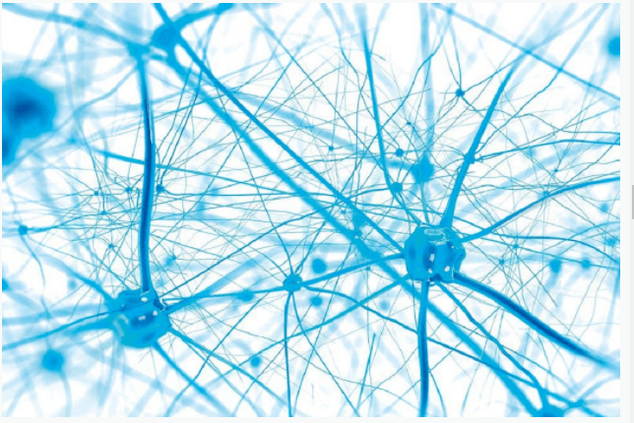 Stress, bad habits and lack of exercise in urban life cause most people to have at least one health problem related to neurosis. This is just a deep-seated misunderstanding that "traditional" drugs will prevent patients from seeing a doctor and getting qualified help.
Stress, bad habits and lack of exercise in urban life cause most people to have at least one health problem related to neurosis. This is just a deep-seated misunderstanding that "traditional" drugs will prevent patients from seeing a doctor and getting qualified help.
Smartphone hostage
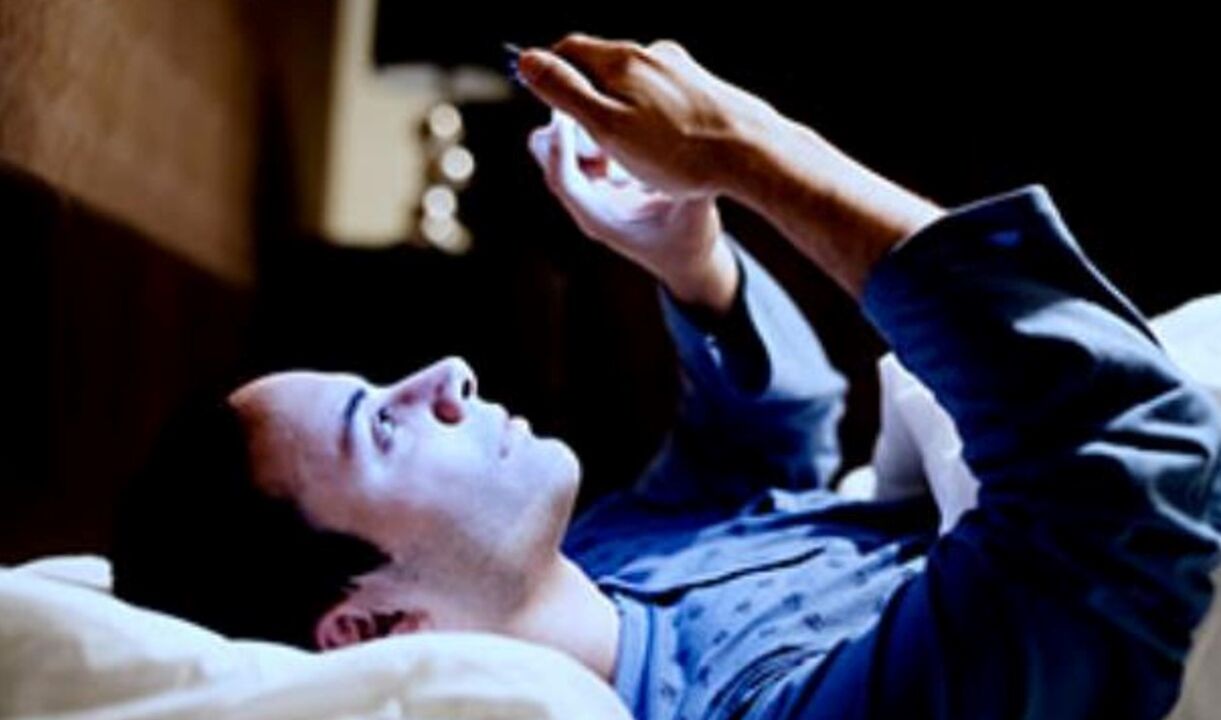
The morning does not start with coffee. Studies have shown that thousands of people first barely opened their eyes and reached for their smartphones-suddenly news came. Then read the news on the screen during breakfast, lunch and dinner. In transit-when leaving the road to communicate. In the office-chat at work, at home-communicate with family and friends. Of course, this is convenient when there are so many valuable things in a small device-information, communication, entertainment. However, don’t smart phones have become too much in our lives?
In the hands of the master
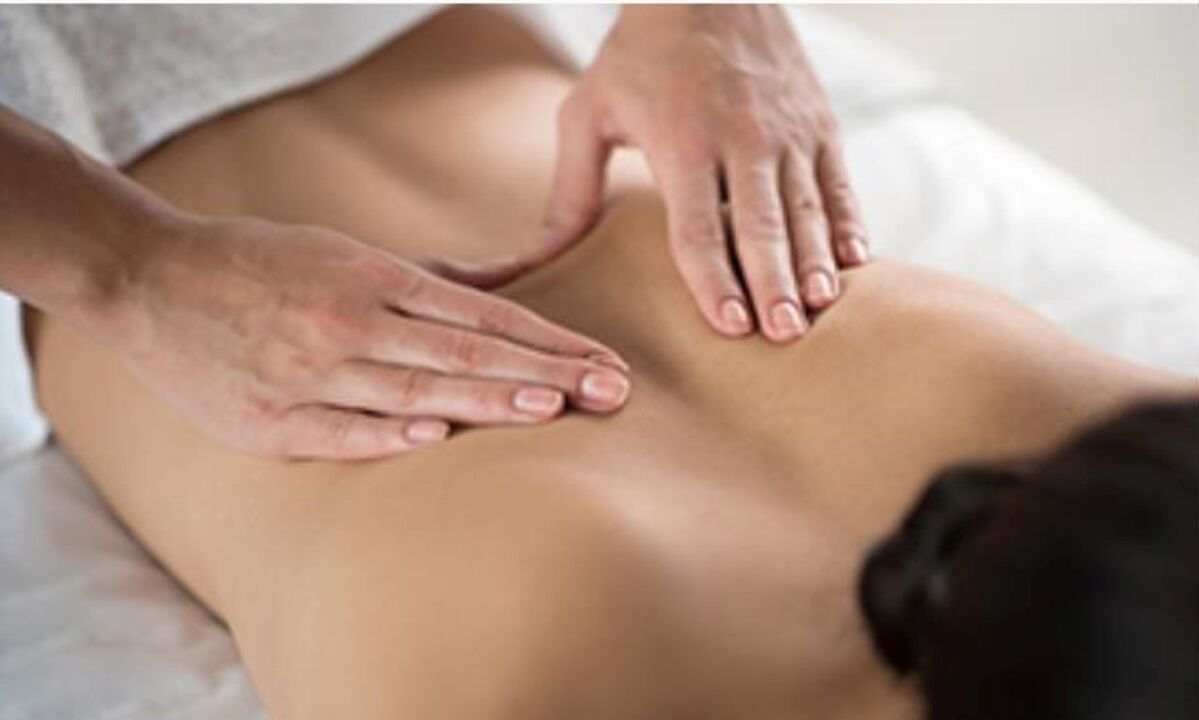
Massage is one of the oldest treatment methods. No matter what new ways humans have invented to get rid of the disease, massage therapists will still not be idle. Sometimes, it is precisely the skilled skills of experts that can produce greater effects than drugs and ultra-modern equipment.
Hard times of the year
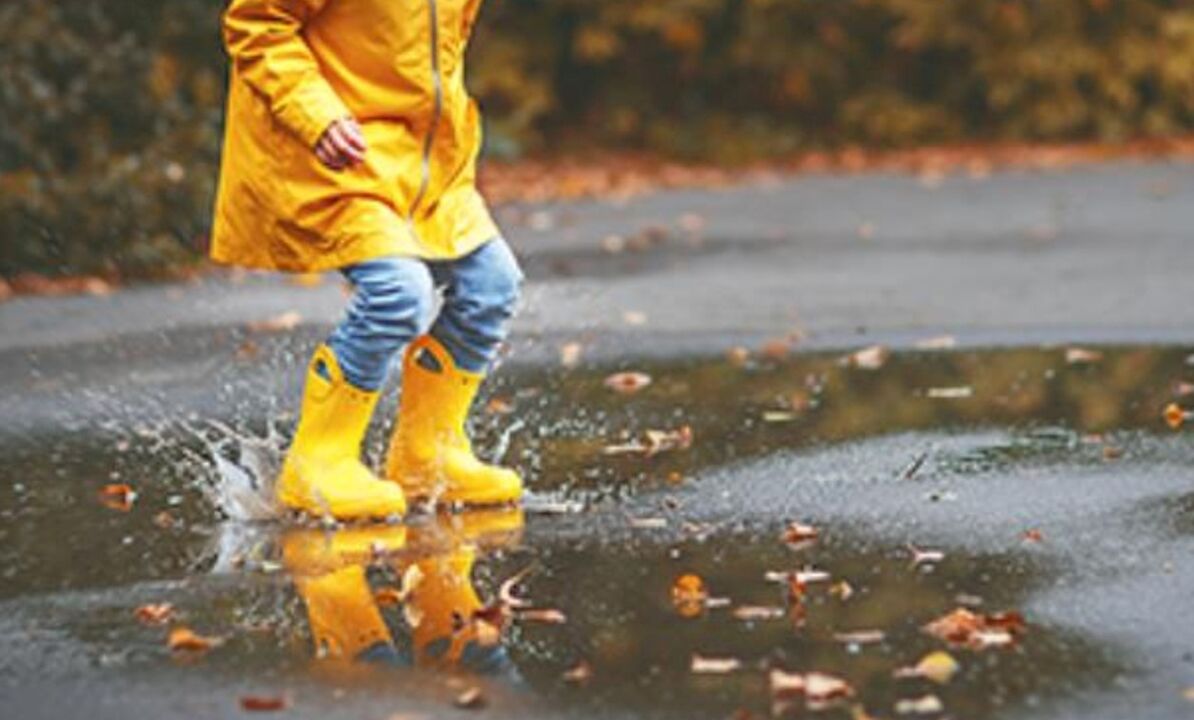
Go to the clinic in summer-half empty corridor and silence. But autumn is here, and doctors have to do more work. Moreover, perhaps no such doctor will not increase the number of patients from September to October.
Is the sun's friend or foe?

The Petersburgers did it-they survived the long dark winter and are ready to see the sun again. It looked more and more at the windows and warmed up on the street. Isn't this a reason to be happy? Still not? After all, as you know, things that bring pleasure usually mask potential threats. The same is true for the sun.
Self-repair. In danger

Maybe no one does not know how to deal with a cold or headache. Everyone has his own "effective means. "Advertising provides a solution for any disease. You can also ask for advice from a friend, a pharmacist in a pharmacy or just on the Internet. But is everything so simple and convenient? Which diseases are harmful to self-medication? EMS also has a pharmacy. Our pharmacists will regularly provide advice on medications in response to patient requests, and then the doctor will process the results of self-treatment.
Bad jokes
No one is immune to back pain.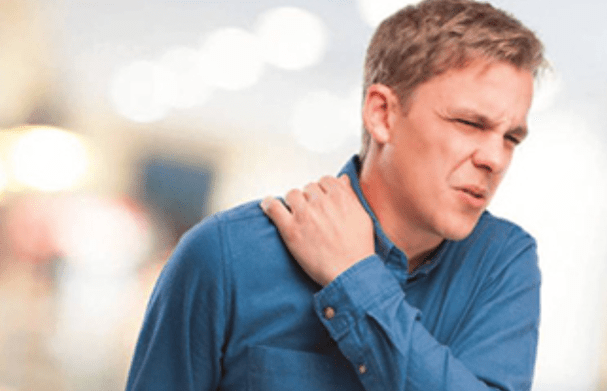 I suddenly lifted a heavy object, bent or stretched awkwardly-now I have some soreness and stabbing in my back. Office workers also seem to be in danger. They don't seem to unload their wagons, cultivate the land and still suffer from back pain. What should I do and who to contact when disease disrupts the plan?
I suddenly lifted a heavy object, bent or stretched awkwardly-now I have some soreness and stabbing in my back. Office workers also seem to be in danger. They don't seem to unload their wagons, cultivate the land and still suffer from back pain. What should I do and who to contact when disease disrupts the plan?

















































